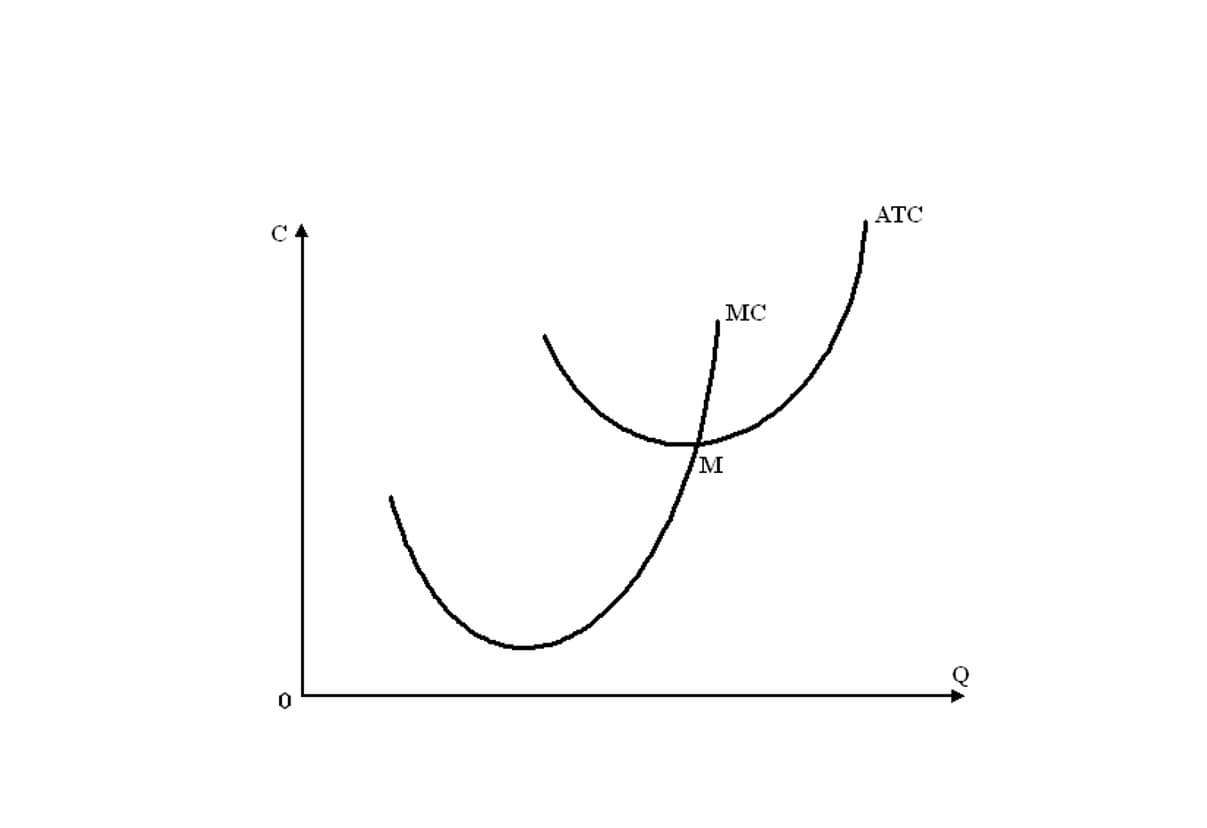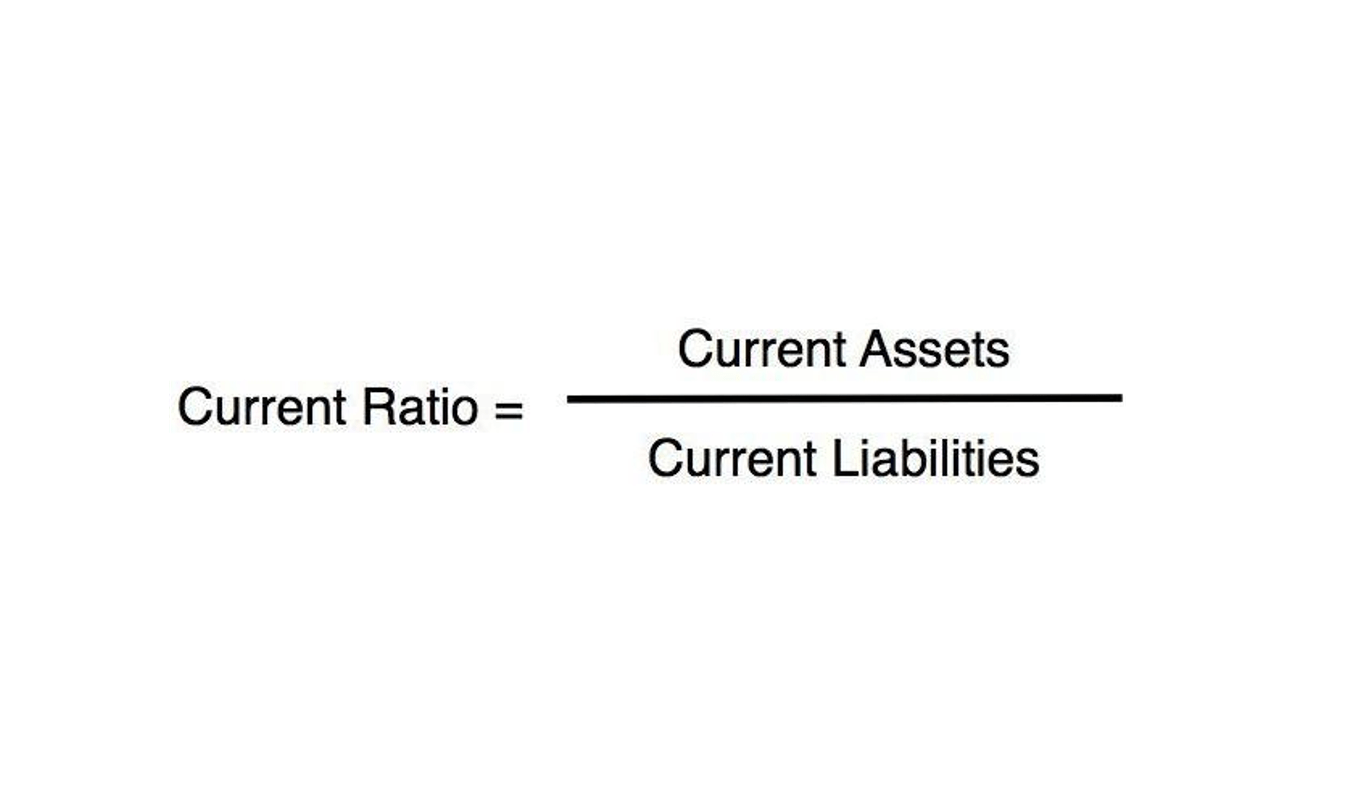
It is easy to note the difference in the tax amount payable by the business at the end of each year with and without the annual depreciation tax shield. If we add up all the taxes, the amount is substantial, which could be saved if the business had charged depreciation in the income statement. The tax shield concept may not apply in some government jurisdictions where depreciation is not allowed as a tax deduction. Or, the concept may be applicable but have less impact if accelerated depreciation is not allowed; in this case, straight-line depreciation is used to calculate the the depreciation tax shield is best defined as the amount of allowable depreciation. This only speeds up the acknowledgment of inferences and does not make larger tax deductions.

is due when an asset is sold amount of tax that is saved because of

This will become the main source of cash inflow which we saved by not providing tax. MACRS depreciation table will assist you to accelerate cost recovery benefits easily. In this, certainly, the proportion of tax charged rises as the amount of the entity’s taxable income rises. One can comprehend depreciation as the expensing of the charge of an asset involved in creating revenues through beneficial life. With the two methods clarified, let’s look at the Cash Flow impact of each approach. In the section below, we cover two of the most common methods and their Cash Flow and Valuation impacts.
- Those tax savings represent the “depreciation tax shield”, which reduces the tax owed by a company for book purposes.
- A depreciation tax shield represents the tax savings a company achieves by deducting depreciation expense from its taxable income.
- Depreciation is a non-cash expense, meaning no actual cash outflow occurs when it is recorded on a company’s financial statements.
- Depreciation tax shield refers to the tax-saving benefit obtained from the depreciation of an asset for accounting and tax purposes.
Case 1 – Taxable Income (with Depreciation Expense)
It can also influence the perceived value of corporate assets on financial statements, affecting investors’ perceptions and potential investment decisions. As such, managing the implications of changing depreciation rates becomes crucial for effective asset management and financial planning. Depreciation tax shield is a crucial concept in accounting and finance, with significant implications for businesses’ financial strategies. In this article, we will delve into the meaning and workings of depreciation tax shield, exploring its benefits, limitations, and the formula for its calculation. The concept of depreciation tax shield deals with the process in which there is a reduction in the tax amount to be paid on the income earned from the business due to depreciation. In the process, the amount of depreciation is used to reduce the income on which tax will be charged, thus bringing down the amount of tax payment.

How Accelerated Depreciation Works On Tax Savings?
- This $10,500 represents the reduction in the company’s tax payment for that period due to the depreciation deduction.
- Depreciation Tax Shield is important because it can significantly reduce a company’s tax liability and improve their cash flow.
- This tax shield can cause a substantial reduction in the amount of taxable income, so many organizations prefer to use accelerated depreciation to accelerate its effect.
- During the time an asset in use, an accounting business takes place in which the cost of the asset decreases.
- Companies may use the retained cash for reinvestment in new assets, funding research and development, reducing outstanding debt, or distributing to shareholders.
The service organizations, on the other hand, need only a few fixed assets to run their operations. In these organizations, the amount of annual depreciation charge is bookkeeping generally immaterial, and hence the amount of resulting tax shield. The depreciation tax shield has a direct and positive effect on a business’s cash flow. Because depreciation is a non-cash expense, the cash that would otherwise be paid out in taxes due to a higher taxable income is instead retained by the company. Companies might reinvest these funds into operations, purchase new assets, pay down debt, or distribute them to shareholders. The ability to increase cash flow without actually generating more revenue highlights the importance of the depreciation tax shield in managing a company’s liquidity and financial flexibility.
- This alternative treatment allows for the use of simpler depreciation methods for the preparation of financial statements, which can contribute to a faster closing process.
- Depreciation tax shield is a crucial concept in accounting and finance, with significant implications for businesses’ financial strategies.
- Anything you purchase for business use can be subtracted as an expense on your corporate tax return.
- As a result, the tax liability of Company A is decreased, ultimately contributing to higher after-tax profits.
- The amount by which depreciation shields the taxpayer from income taxes is the applicable tax rate, multiplied by the amount of depreciation.
How Long Do IRS Audits Take? Factors and Timelines

Depreciation tax shield is limited to tangible assets, as intangible assets do not undergo physical wear and tear, impacting the recognition of depreciation expense and adherence to accounting standards. The depreciable basis is determined by the total expected output over the asset’s life, affecting the calculation of the depreciation tax shield. The tax shield refers to the amount of tax that has been saved by claiming depreciation as an expense. However, when we calculate depreciation tax shield, even though the tax amount is reduced due to depreciation, the company may eventually sell the asset at a profit. It is to be noted that the process reduces the tax burden for the tax payer but does not eliminate it completely.

amount of tax that is due when an asset is sold.
When depreciation expense is recorded on the income statement, it lowers the company’s Outsource Invoicing earnings before taxes (EBT). A depreciation tax shield is a financial advantage businesses gain by reducing their taxable income through the accounting process of depreciation. It represents a significant financial benefit, as it translates directly into retained cash for the business.
- Instead of expensing the entire purchase price of a long-term asset, such as machinery, vehicles, or buildings, in the year it is acquired, businesses allocate a portion of that cost as an expense each year.
- Some assets you might deduct instantly on the purchase, while other possessions have a long term life.
- The cost allocation in the form of depreciation will ultimately ensure that the final value of the asset appearing in the financial statement will reflect its true and fair current value.
- Businesses can claim this deduction annually, typically by filing IRS Form 4562 with their tax return.
Instead of expensing the entire purchase price of a long-term asset, such as machinery, vehicles, or buildings, in the year it is acquired, businesses allocate a portion of that cost as an expense each year. This allocation reflects the asset’s gradual wear and tear, obsolescence, or consumption as it is used to generate revenue. Depreciation expense is an accrual accounting concept meant to “match” the timing of the fixed assets purchase—i.e. Capital expenditure (Capex)—with the cash flow generated from fixed asset over a period of time.

